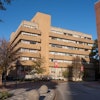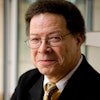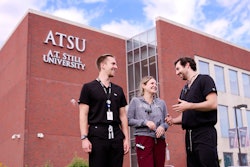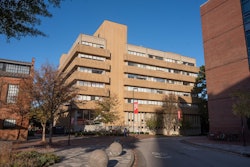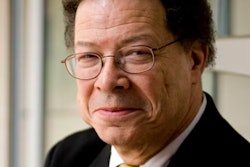Before the COVID-19 pandemic hit in early 2020, the U.S. was already grappling with a shortage of nurses and nursing faculty. As many hospitals continue to be overwhelmed in the pandemic, particularly in areas with low vaccination rates, these twin shortages of nurses and those who train nurses are prompting nursing schools nationwide to work urgently and creatively to meet community needs.
“We first have to separate the fact that we were beginning to move into a nursing shortage even before the pandemic started,” says Dr. Martha Dawson, president of the National Black Nurses Association and an associate professor of nursing at the University of Alabama at Birmingham’s School of Nursing. “The pandemic just made it more transparent to everyone else.”
The American Nurses Association, a national organization dedicated to the profession of nursing, predicted that the U.S. will need 1.2 million more nurses in the next year to not only meet demand but replenish the nursing workforce. COVID-19-related stress pushed some nurses to leave the field. But as Dawson points out, most of today’s nurses are also older and about to retire.
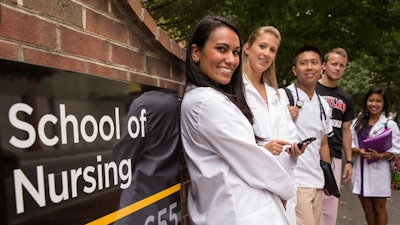
According to recent projections from the U.S. Bureau of Labor Statistics, the registered nurse (RN) workforce is expected to jump from about 3 million in 2020 to 3.3 million in 2030. Yet the American Association of Colleges of Nursing (AACN), a professional association for academic nursing, reported in a fact sheet on the nursing faculty shortage that one-third of today’s nursing faculty workforce in baccalaureate and graduate programs is expected to retire by 2025.
RNs must be licensed and can typically take one of three education paths: a bachelor’s degree in nursing, an associate degree in nursing, or a diploma from an approved nursing program. A bachelor’s degree, however, tends to open up more career opportunities to RNs, according to many nursing experts.
Dawson says the nursing workforce has another problem. It is a mostly White, mostly female profession. Nursing schools have been responding not only to a shortage of nurses and faculty but to the need for nurses to better reflect the different backgrounds of the patients they care for.


